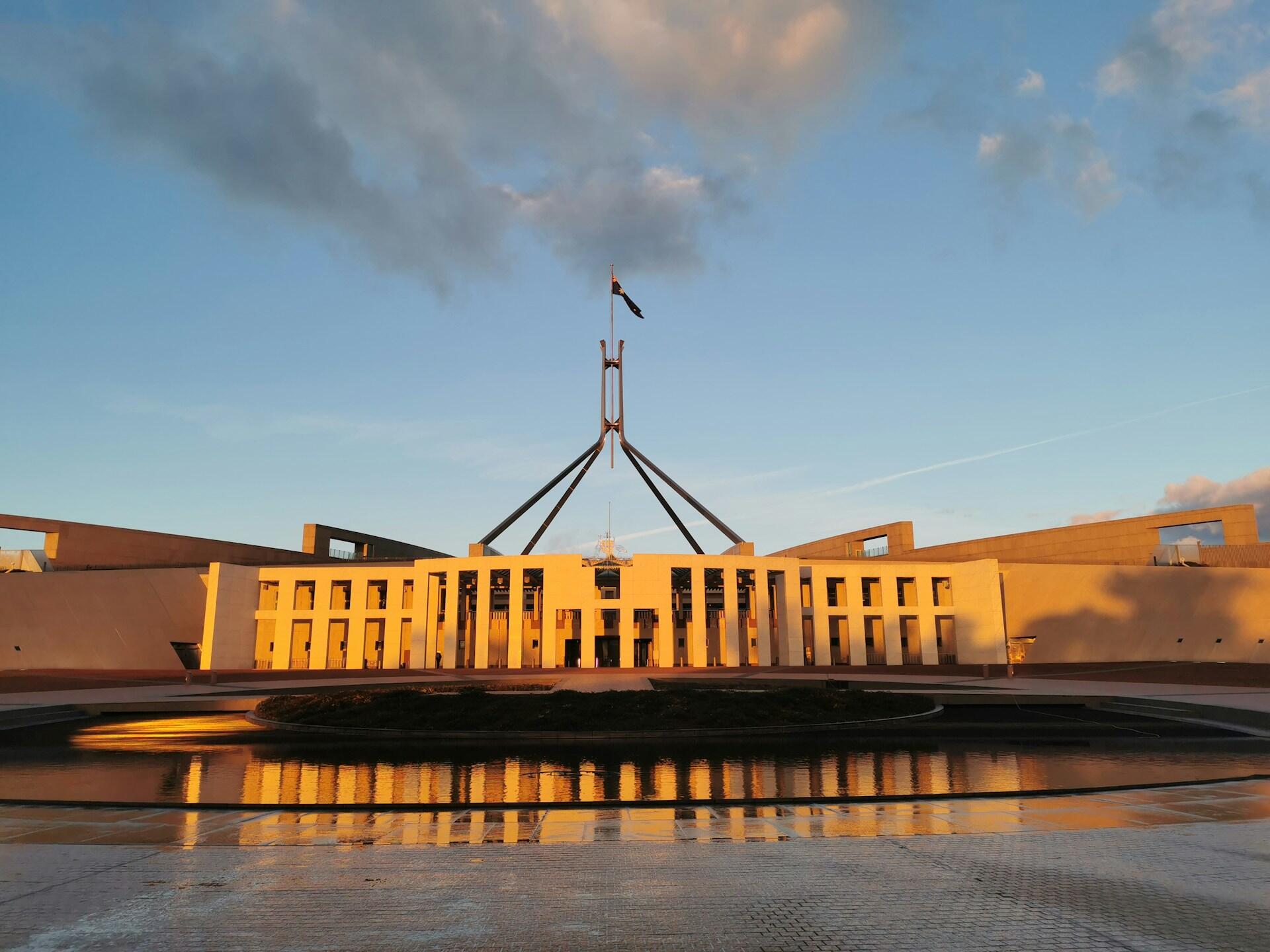The Parliament House in Canberra, in use since 1988, is an elegant, awe-inspiring structure. The Old Parliament House, which served from 1927 to 1988, now houses a museum. But, neither the old architecture, nor the new building, give a hint of the proceedings inside them. So, this article explains how the Australian Parliament came about, the parliamentarian roles, and our legislative processes.

How Parliament Came to Be

Australia is a relatively young country. Though people have lived here for millennia, Europeans' arrival is only a few hundred years old. Starting in 1803, the British set up colonies, which the empire ruled for 98 years.
Australians demanded federation - independent rule, starting in the late 1800s. They achieved their goal by the end of the 19th Century.
Now, free to establish their own government, Australians could put into place all the plans they worked on for more than 10 years.
Australia became an independent country on January 1, 1901.
From then to today, it remains a self-governing dominion under British rule.
Despite British influence, newly minted Australians wanted input from other governments, as it built its own. Our country became a member of the League of Nations and, later, the United Nations. From other members of those groups, we learned to structure our government.
United Kingdom (UK) input
- a parliamentary system
- Prime Minister from dominant party
- royal agreement for government actions
United States (US) input
- an elected senate
- more senate impact on law-making
- term limits on both parliament chambers
All aspects of government were in place or soon to be, but Australians had no place from which to govern. Melbourne served as a temporary seat of government, but Sydney also wanted to be the capital. Early Australian politicians formed the Australian Capital Territory in 1911, to keep from showing favourites.
The first complex opened its doors in 1927. The current Parliament building planning began in 1978. Parliament held its first session in the new building ten years later, in 1988.
Those early efforts explain the Australian government structures in use today. In fact, they've not changed much since first put into place. However, the work of government is more elaborate, because modern society demands more oversight.
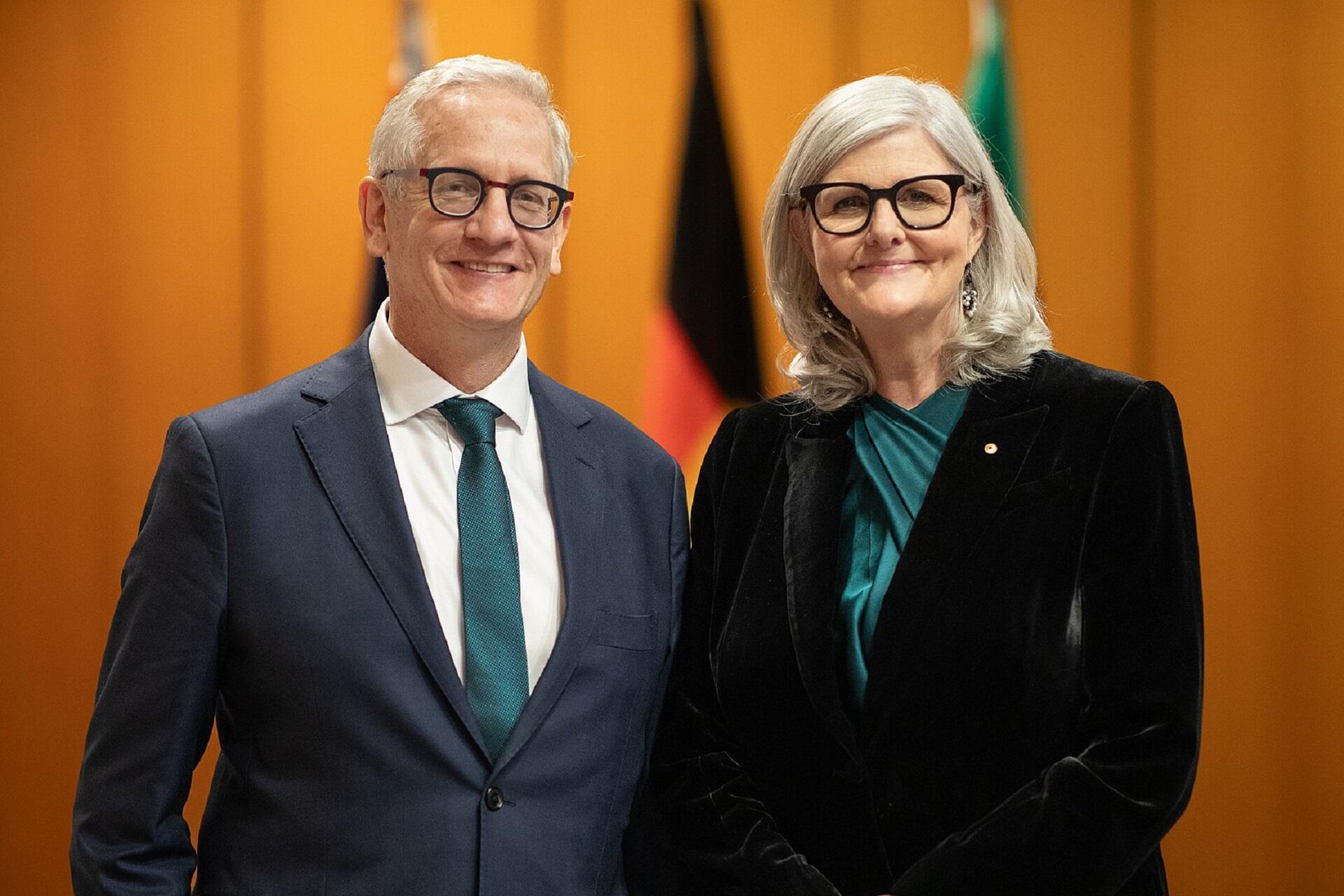
Higher Leadership Roles in Australia
Elected officials - senators and representatives, do the bulk of government work. Australia's Prime Minister sets the political agenda, and represents the country in international affairs.
The buck stops here.
Dwight D. Eisenhower, 34th US president
In the US, the president should accept responsibility for all government actions, as President Eisenhower made clear. The Australian government has two levels of accountability beyond the prime minister.
The sitting British monarch, currently King Charles III
Acts on the monarch's behalf, currently Sam Mostyn
Typically, voters 'blame' the prime minister or their elected officials in Parliament for any policy failures. The head of state and governor roles are mostly ceremonial, they have little impact on government policy or law.
What Is the Role of Senate in Australia?
The Senate is made up of representatives from various Australian political parties. Like similar chambers around the world, these senators debate the merits and limits of proposed laws. Party politics plays less of a role in this chamber.
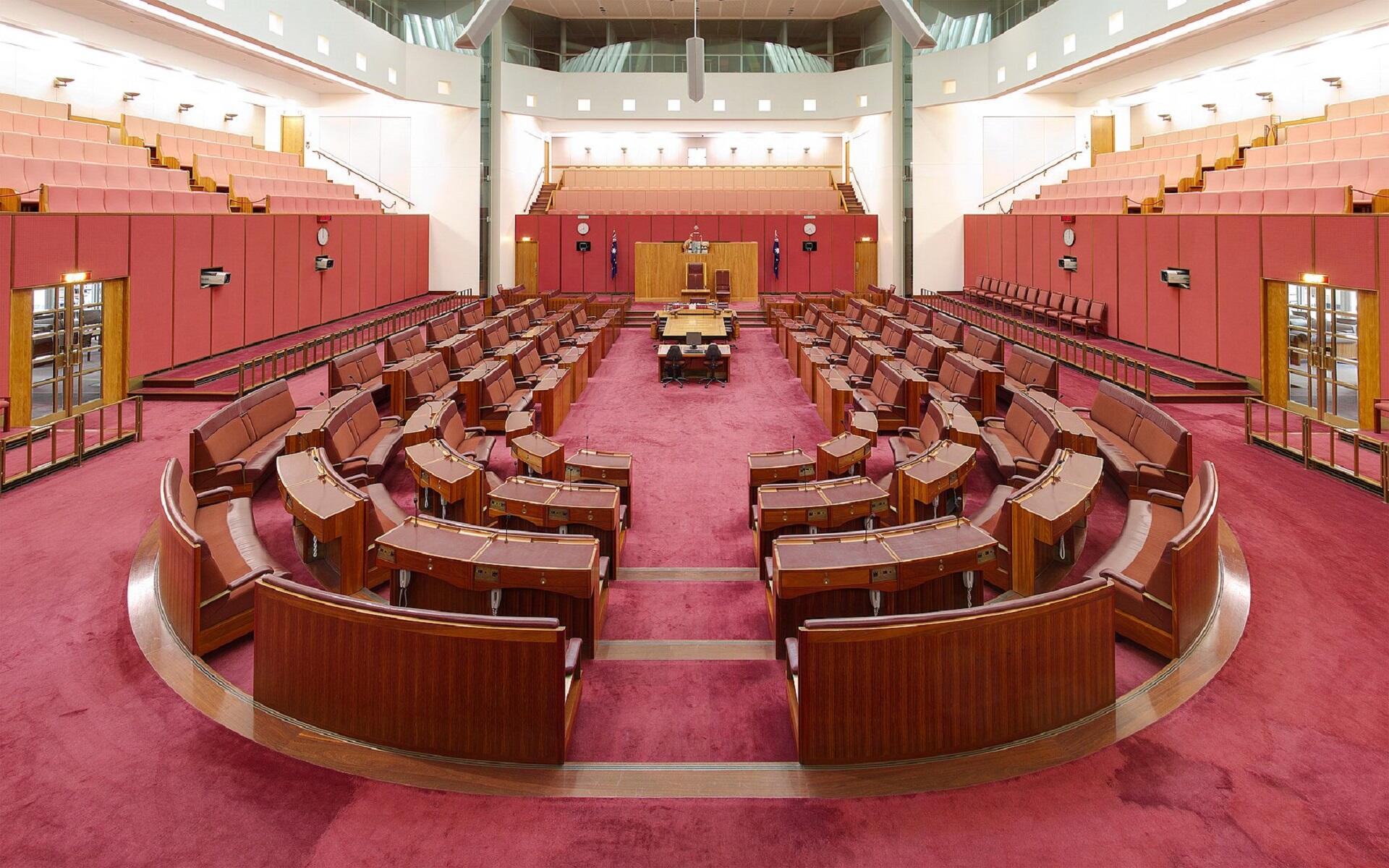
Australian senators safeguard the interests of their states, as they debate and act on federal law. Senators form committees to examine aspects of government, such as the budget and education policy. They may propose laws, or block a draft law they deem harmful to the country and their voters.
The Australian Constitution says that each state may have at least six senators. However, that rule doesn't cover Australian territories, or newly admitted states. Later amendments made allowances for senators from those regions to act in the Senate.
and description
Currently, each state sends 12 senators to Canberra, and four territories, including the ACT, send one senator apiece. The people elect their senators through an optional preferential voting system.
Number of Senate seats: 76
Senate term limits: 6 years, from July 1 to June 30 each term
Senators elected during each Federal election: 40 of the 76 total seats.
Federal election cycle: every three years
Ballots list candidates' names on the page's top half, and the political parties on the bottom half. Voters may rank their choices by candidate, or by party. Once elected, each senator may serve for six years.
House of Representatives in the Australian Government
The way Australian elections work, citizens vote for senators, and representatives, every three years.
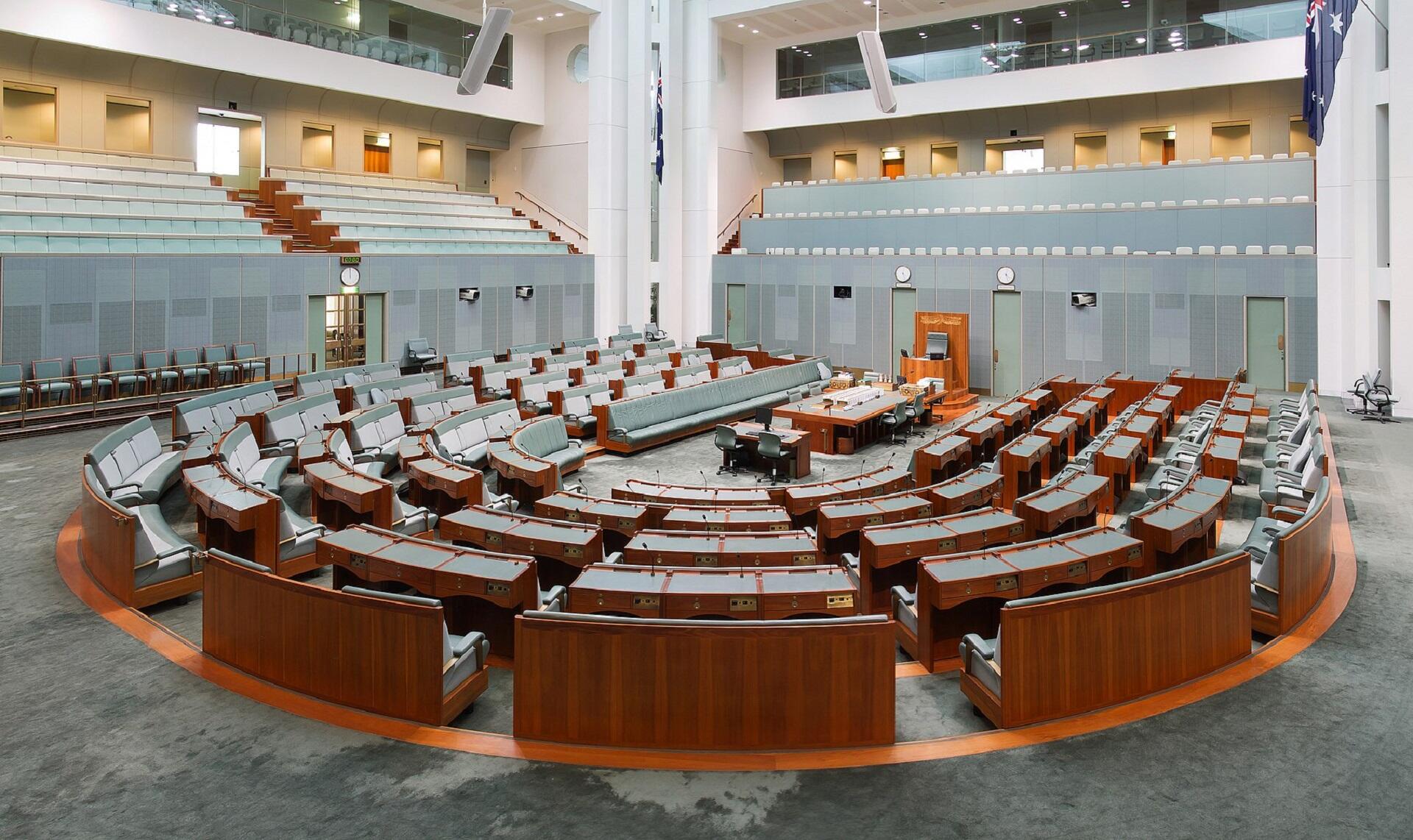
The Australian Constitution sets out the number of senators per state, and how representatives should be selected.
The number of representatives in the House depends on how many electoral divisions (called 'seats' or 'electorate') there are.
These voting districts change their boundaries often, thanks to mandatory electoral redistribution counts.
To ensure that each voting district has roughly the same number of voters.
Like our senators, these representatives should protect their constituents' interests. For instance, let's examine a proposed law that might benefit Brisbane residents, at the expense of those living in Gold Coast. Members of Parliament (MPs) representing Gold Coast and surrounding areas should oppose the bill.
and description
As you might imagine, that many representatives, all fighting to secure maximum benefit for their voters, could make for a loud, messy parliamentary session.
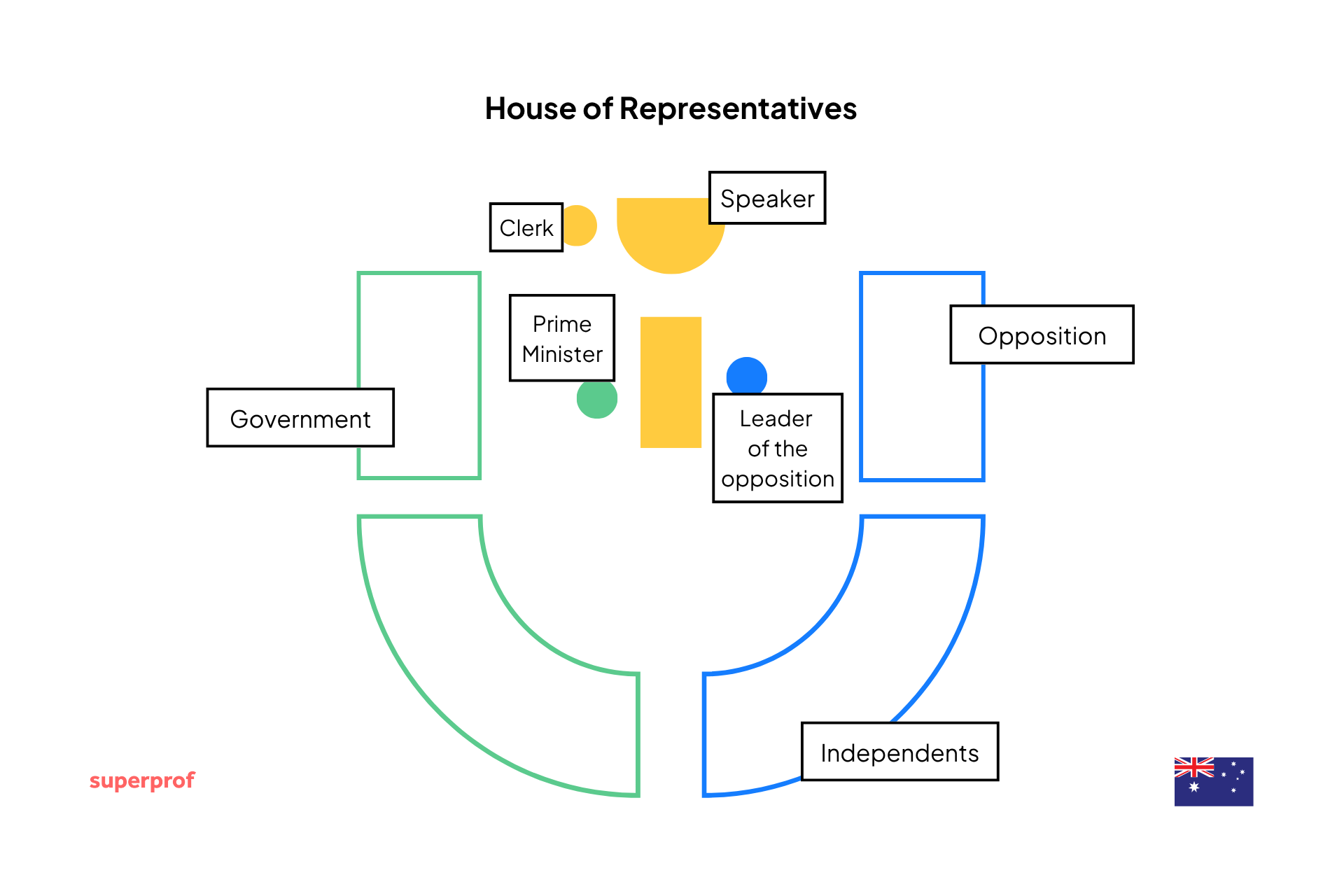
Fortunately, parliamentary action seldom gets so granular. MPs tend to work together, regardless of party affiliation. In fact, it's common for parties to form coalitions, for more effective government.
Number of seats: currently 150, with room for 240 total representatives.
House term limits: three years
Representatives elected during each cycle: all of them
Difference Between the Senate and the House of Representatives in Australia
Like many bicameral (two-chamber) governing systems, the Senate is called the Upper House, and the representatives' chamber is the Lower House. For both, the main jobs are to make laws, fund the government, and ensure citizens' wellbeing. How these two chambers do their duty varies, thanks to their differences.
Senate
- 6-year term
- based on the US model
- a set number per state (currently 12)
House of Representatives
- 3-year term
- based on the Westminster (UK) system
- One per electoral district
The leader of the political party holding the most seats in the lower chamber becomes Australia's Prime Minister. Should a party retain power from one election to the next, that leader will remain Prime Minister. Of the last 10 Australian Prime Ministers, four have done so.
As of this writing, we don't know who is Parliament's opposition leader.
Peter Dutton was the opposition leader until May 3, 2025.
How Are Laws Made in Australia?
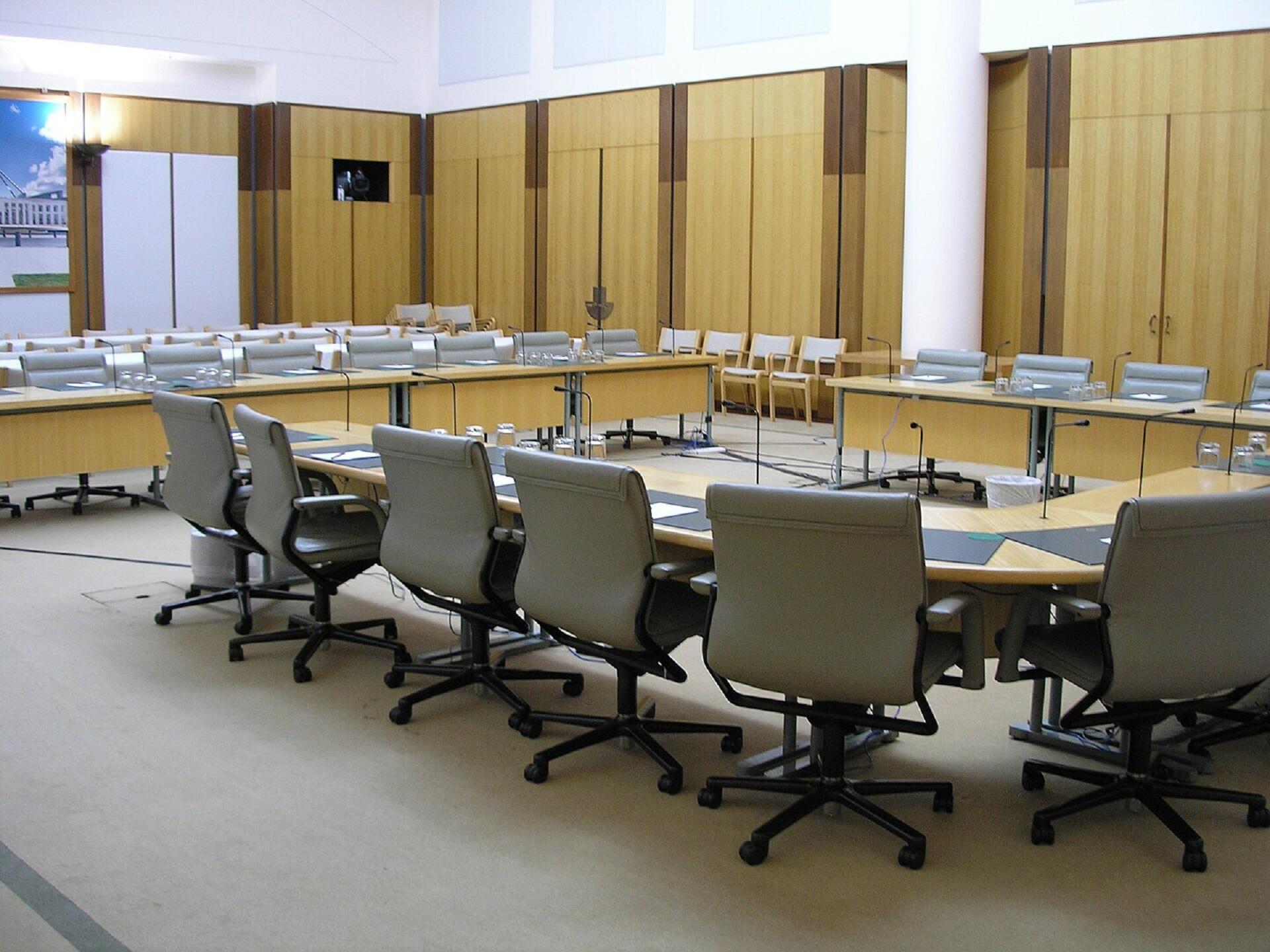
In very general terms, the Australian Parliament shapes and runs the government. Doing so includes creating and revising laws, and overseeing policies for healthcare, education, public utilities and more.
Creating a budget and monitoring spending is another important role that parliamentarians fulfil.
Either chamber may propose a law - a bill, but both chambers must pass it for it to become law.
Once a bill meets approval in both the Senate and the House of Representatives, it lands on the Governor General's desk for formal approval. This part of the process is call 'royal assent'.
That's a pretty simple description of how this process works but, in fact, making and passing laws is a complicated process.
- Determine the need for a new law.
- Research whether a similar law is already on the books, and if it can be changed to suit the current need.
- Draft the proposed law: called a bill, at this stage.
- Debate the issue: both houses will examine and discuss the bill.
- Amendments: the bill may be changed, expanded to cover more ground, or narrowed in scope.
- Votes: the House and the Senate vote to pass the bill into law.
- Formal approval: if it passes the vote, the new law is sent to the Governor General for Royal Assent.
In Australia's early days, a representative had to travel to the UK, to present the proposed law to the monarch in person.
Committees, government ministers, or members of Parliament may introduce a bill. They do so, typically after researching the issue. Such research may include citizen surveys, focus groups, or consultations with interested parties. That work, and related discussions, take place in committee rooms, like the one pictured above.
Referendums
For proposed bills that would change the Australian Constitution, citizens must express their views. They do so by voting in referendums.
and description
The 2023 Voice to Parliament was the latest proposed amendment to our Constitution. We voted against it, as we have every other proposed amendment, since 1977.
How Parliament works, and how parliamentarians make laws, are fundamental parts of Australian democratic functions. Citizens must be politically engaged - or, at least, politically aware, so they can hold their government to account and contribute to the political process. This guide to the Australian Parliament helps explain this vital function of government.

